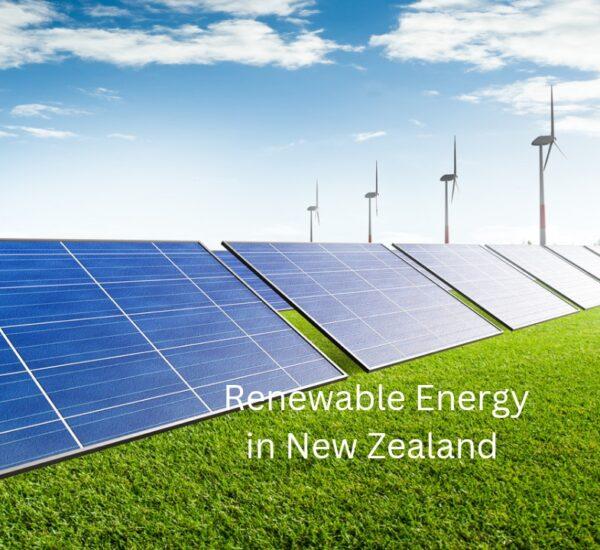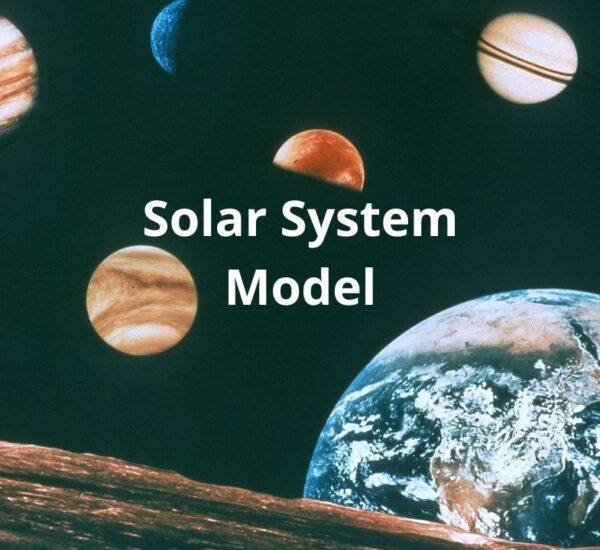Interested in learning about plastic recycling? Read along with me.
Plastic surrounds us and we use it daily, from your ID card to drink bottles to supermarket bags. Petrochemicals are used to make a lot of these polymers. The quantity of plastic in our environment can have both good and bad consequences.
Plastic can pollute the environment and produce garbage, because of this, it endangers both humans and the environment. If we do not manage plastic properly, creating new ones might be a waste of resources. To eliminate waste, it is, therefore, reasonable to reuse and reprocess plastic.

What is Plastic Recycling?
The reprocessing of plastic trash into new and valuable goods is known as plastic recycling. This can reduce landfill dependency, conserve resources, and protect the environment from plastic pollution and greenhouse gas emissions if done appropriately.
How is Plastic Recycled?
Plastics come in many shapes and sizes. Because of this, it is a difficult task to recycle all plastics in the same way. Plastic, on the other hand, can be recycled in two ways.
1. Traditional Recycling
This is the most often used recycling process. They also know mechanical recycling as traditional recycling. This technology can recycle thermoplastic materials.
The classic recycling method is melting plastics and converting them into new plastic goods. After melting the plastic, recyclers use an injection molding technique to turn it into new items.
Read- Grid Innovation: Leveraging on Grid Modernization.
2. Advanced Recycling
Advanced recycling is a method of breaking down plastic through the use of chemicals. This method is made up of three different techniques. Examples of these processes include pyrolysis, chemical recycling, and gasification.
Pyrolysis is a method of turning waste plastic into crude oil. Also, the process of converting a polymer into a monomer that recyclers can use to make new products is chemical recycling. Chemical recycling, for example, is used in the production of nylons.
Gasification, on the other hand, transforms plastic into gas. The gas obtained from this method is used by producers to generate electricity.
Traditional and sophisticated recycling both have advantages. So, before using one of the two ways, they would consider the facilities available. The recycling procedure is also determined by the end product that a recycler wants to generate.
Nonetheless, all recycling processes entail the same stages. Don’t worry; we’ll walk you through these processes in the following section.
Step-by-Step Process of Plastic Recycling
Creating new plastic things is always more difficult than plastic recycling. Plastic recycling is a difficult task, as it needs meticulous procedures and rapt attention to detail. It could take months to complete its procedures.
Step 1: Collection of Waste Plastic
The first step in plastic recycling is to get the trash plastic objects. While it may appear to be a straightforward procedure, it is not.
Employees or volunteers collect garbage plastic from homes, offices, and public areas at this step. Collection points in certain localities are where people can dispose of their plastics.
Some recyclers establish recycling bins in public spaces, residential districts, and industrial zones to make collection easier. Plastic rubbish can be disposed of in these bins. These containers are distinct from normal trash cans. Thereafter, you then collect the recycle bins and deliver them to recyclers, where the process can continue.
Manually collecting plastics or depositing plastic debris in recycling bins can often provide dividends. At this point, recyclers gather all forms of plastic and transport it to a collection yard.
Learn about Wind Energy- A choice of energy generation in Nigeria.
Step 2: Sorting of Plastics into Categories
Following collecting, recyclers transport the plastic to facilities where it is separated into different categories. As you may already know, plastics vary in color, size, thickness, and application. Here, the recycling machines now separate plastics according to their qualities.
Color and resin content in the plastic is frequently used by recyclers to separate plastics. Sorting is necessary because it informs recyclers about the materials involved and how they are recycled.
Top 11 Solar energy companies in Nigeria.
Step 3: Washing to Remove Impurities
After sorting plastics, recycling companies wash them to remove impurities. Paper labels, particles, and grime are examples of impurities in plastic. Plastic materials may contain glue or other chemicals, which can be washed away.
Impurities can harm a new product if they are not eliminated, thus washing is required. Furthermore, the pollutants found in plastic products aren’t manufactured of plastic and aren’t always recyclable.
Step 4: Shredding and Resizing
This happens just after they have washed the plastics. And they can’t recycle the plastic in the current state (because the plastics are too developed). The size of the plastic material must be reduced in order for it to be recycled. In the fourth procedure, shredders will be used to shred the plastic into fragments.
When they break plastic into little bits, it is easier to process than when it is in its native state. Shredding allows the plastic to be recycled into materials other than plastic products. Resizing also makes it easier to find metallic items that recyclers missed in the washing process.
Read about Renewable Energy in Nigeria- Sources, Pros, and Cons.
Step 5: Identification and Separation of Plastics
Following the resizing, the next step is to identify and separate the various plastic materials. Plastic particles are subjected to testing processes during this process.
The purpose of plastic testing is to determine the plastic class and quality. The plastic ingredients are then sorted for further processing based on their characteristics.
Several aspects are put to the test throughout this procedure. Density is one of these properties. Recyclers put plastic particles into a container of water to see how dense they are. Particles that sink have a lower density than those that float.
Another feature that this technique examines is the air classification of plastic materials. The thickness of the plastic is determined by its air classification. Plastic particles are also tested in a wind tunnel to assess air classification. Thicker and larger plastic will remain at the bottom of the wind tunnel. The thinner ones will float and other features of plastic, such as color and melting point, are also determined at this step. Recyclers test the samples of plastic materials to establish the melting point and color of each substance. They remove the plastic particles after the identification procedure and send them to be processed further.
Step 6: Compounding
Compounding is the last step in the plastic recycling process. Recyclers turn plastic particles into materials that may be duplicated by manufacturers in this process. Smashing and melting plastic particles to create pellets are the processes involved in this stage. They also call this method the extrusion method.
Recyclers may transport plastic to different regions where it can be recycled. Because of the qualities in step five, recyclers may be able to shift the materials to other factories. It’s possible that a recycling company won’t be able to recycle all the plastic varieties it finds.
The pellets’ processing results in new plastic and non-plastic goods at the end of this stage. This last step also takes the greatest time and effort. To effectively manage time and resources, recyclers must have a thorough understanding of the final product they want as well as the entire process.
Following all of this, new plastic materials develop. Alternatively, additional materials that the recycler intended to produce.
4 Common Recycled Plastics?
The vast majority of plastic that we come into contact with in our daily lives is recyclable. Here are some of the most common types of plastic that can be recycled, just so you’re aware:
- PVC
Polyvinyl chloride (PVC) is a common thermoplastic. It’s also one of the most widely utilized plastic materials on the planet. Wires, pipes, bottles, and cling films are all made from PVC.
- PET
PET (Polyethylene Terephthalate) is another popular thermoplastic. This thin material is ideal for creating low-pressure items. PET is commonly used to make clothing fabrics and soft drink bottles.
- HDPE
The HDPE (High-Density Poly Ethylene) is among the known thermoplastic. When compared to PVC, it is softer and more flexible. Gallons and pipes are two examples of goods made with HDPE.
- LDPE
This is the polar opposite of HDPE. They make plastic bags from LPDE (Low-Density Poly Ethylene). It can be difficult to recycle this material at times. You can clean them and reuse them instead of recycling them.
However, it is true that not all types of plastic can be recycled. This is due to the fact that plastic products are made from a variety of ingredients. Some of these materials are also uneconomical to recycle.
This is usually due to the lengthy process or the hefty cost. And, on occasion, the inefficiency of the current recycling process. If you put these materials in recycling equipment, for example, they could cause the machine to halt or break.
Do you know what kinds of plastics fit under this category? So there you have it:
- PP
PP is also a polymer. They often use it in the production of plastic boxes, furniture, and jar lids. In the vast majority of circumstances, recycling businesses will refuse to accept it for recycling.
- PS
PS is a polymer. Plastic cutlery and yogurt containers are two examples of goods made from this material.
So, as we’ve seen, recycling plastic is dependent on the substance. Plastics that aren’t recycled are either destroyed or disposed of in landfills. Nonetheless, for plastic products, recycling is the best option.
5 Plastics that Cannot be Recycled?
- Plastic-coated wrapping paper
- cling film
- Bioplastics
- composite plastic
- Polycarbonate and
- Blister packaging.
5 Advantages of Plastic Recycling
The following are the advantages of plastic recycling:
- Recycling plastic helps to reduce the quantity of waste that ends up in the oceans.
- Plastic recycling helps to create new job opportunities.
- For the government and commercial entities, plastic recycling generates additional cash.
- Recycling plastic decreases the amount of carbon dioxide and other hazardous gases released into the atmosphere.
- Plastic recycling reduces the amount of area taken up by landfills. It allows those landfills to be used for other purposes.
What are the 7 types of plastic?
- Low-Density Polyethylene (LDPE)
- Polypropylene (PP)
- Polyethylene Terephthalate (PET or PETE)
- High-Density Polyethylene (HDPE)
- Polyvinyl Chloride (PVC or Vinyl)
- Polystyrene (PS or Styrofoam)
Conclusion
Plastics are used for a variety of functions in our daily lives. Plastic recycling has been outlined in this article, as well as the advantages to the earth as a whole if we recycle plastic. So, the next time you empty a plastic bottle, don’t toss it in the trash. Make sure plastic is disposed of in a way that permits it to be recycled.



